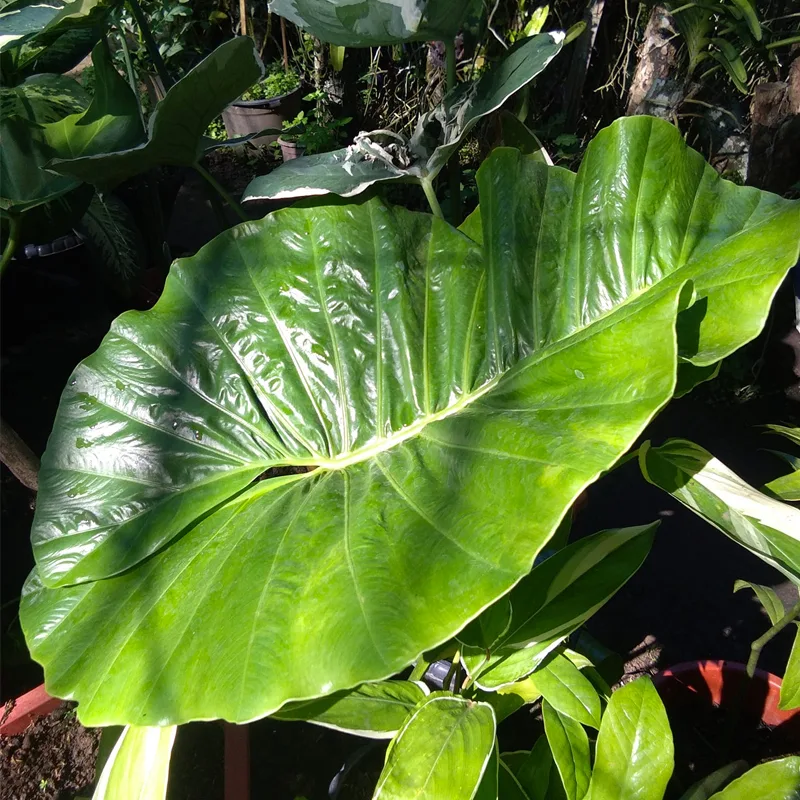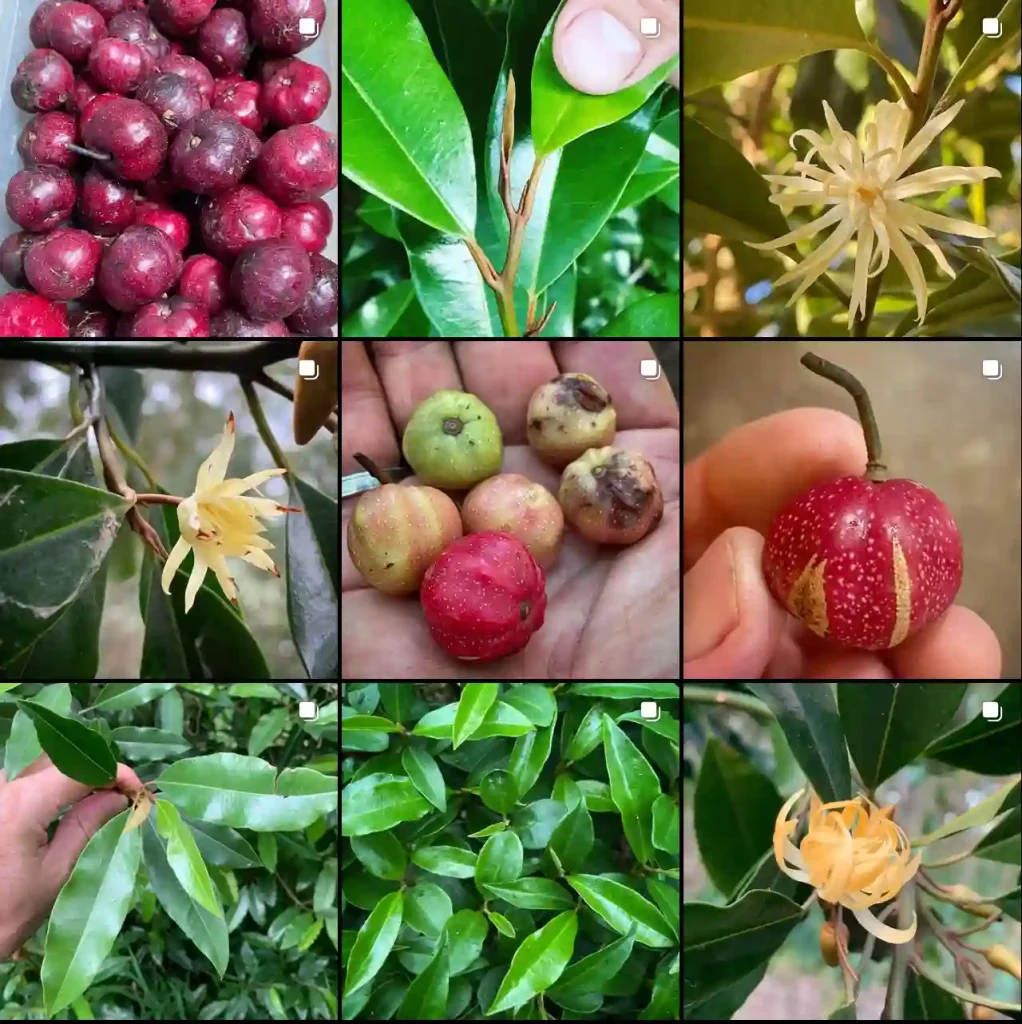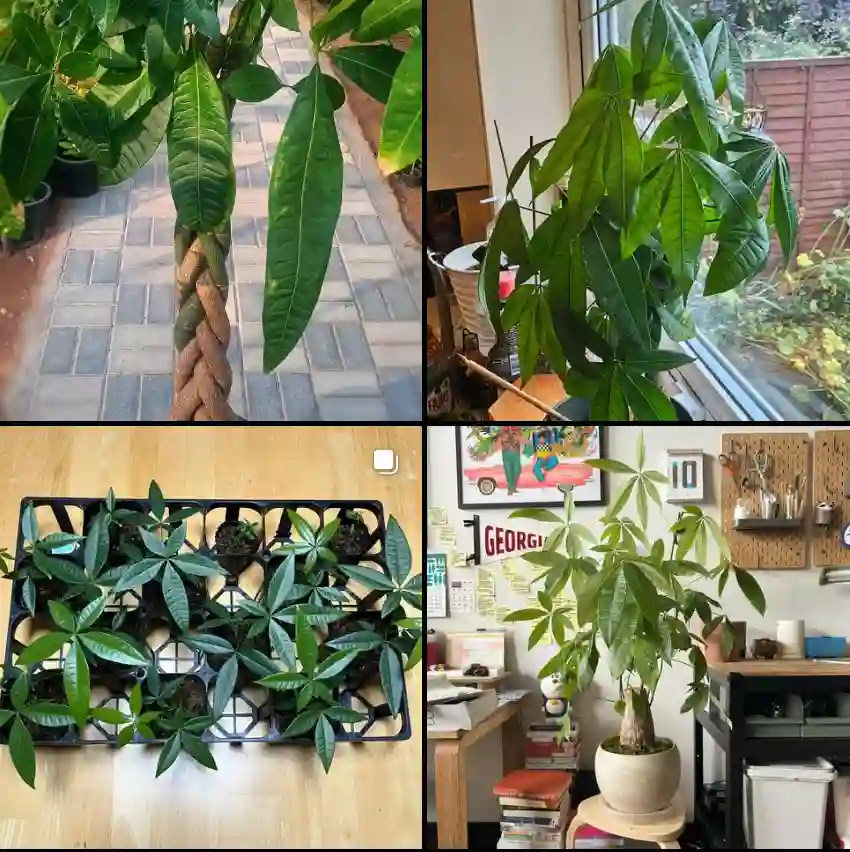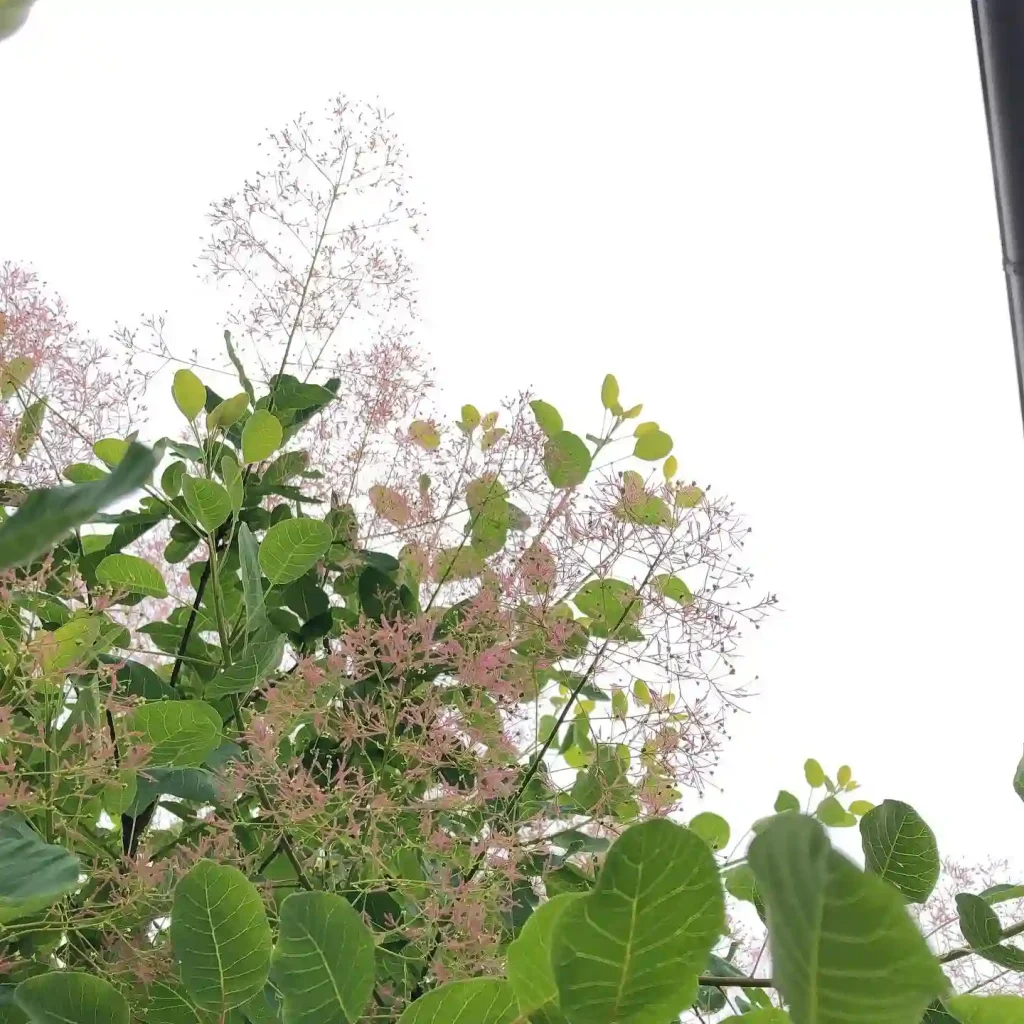FAQs About Tulipa Clusiana: Everything You Need to Know
Tulipa Clusiana, often known as the Lady Tulip or Clusian Tulip, is a charming and relatively small species of tulip that has gained popularity in gardens for its unique appearance and hardy nature. If you’re considering adding this beautiful flower to your garden or simply want to know more, here’s a comprehensive guide based on my experiences and observations.
97 Species in Genus Tulipa – Tulip Flower
What Is Tulipa Clusiana?
Tulipa Clusiana is a perennial tulip native to Central Asia. It is known for its slender, delicate flowers that open in the shape of a star. The blooms come in various shades, often featuring a combination of white, yellow, and pink. The plant typically reaches about 6 to 12 inches in height and blooms in early to mid-spring. Its compact size and vibrant colors make it an excellent choice for adding a splash of brightness to garden beds and containers.
How to Care for Tulipa Clusiana?
Caring for Tulipa Clusiana is relatively straightforward. Here are some key tips:
- Soil Requirements: Tulipa Clusiana thrives in well-drained soil. It prefers sandy or loamy soil that does not retain excessive moisture. Ensure that the planting area has good drainage to prevent bulb rot.
- Light Conditions: This tulip species loves full sun but can tolerate partial shade. Ideally, it should receive at least 6 hours of direct sunlight each day to encourage robust blooming.
- Watering: During the growing season, keep the soil consistently moist but not waterlogged. Water the plants when the top inch of soil feels dry. In winter, reduce watering as the plant goes dormant.
- Fertilization: Feed Tulipa Clusiana with a balanced, all-purpose fertilizer in early spring as new growth begins. Avoid over-fertilizing, as this can lead to excessive foliage at the expense of flowers.
- Winter Care: In colder climates, mulch the planting area with straw or leaves to protect the bulbs from freezing temperatures. In warmer climates, Tulipa Clusiana can often overwinter without additional protection.
How to Propagate Tulipa Clusiana?
Propagating Tulipa Clusiana is best done through bulb division. Here’s how:
- Timing: The best time to divide tulip bulbs is in late summer or early fall after the foliage has died back.
- Process: Carefully lift the bulbs from the soil using a garden fork. Separate the bulbs, ensuring each has a healthy root system. Replant the bulbs immediately in well-prepared soil at a depth of about 6 to 8 inches.
- Spacing: Space the bulbs 4 to 6 inches apart to allow for growth and avoid overcrowding.
What to Plant With Tulipa Clusiana?
Tulipa Clusiana pairs well with a variety of plants in the garden. Some excellent companions include:
- Daffodils: Their bright yellow blooms complement the delicate colors of Tulipa Clusiana.
- Grape Hyacinths: The vibrant blue of Grape Hyacinths contrasts beautifully with the pink and white tulips.
- Low-Growing Perennials: Plants like Creeping Jenny or perennial ground covers can fill in around Tulipa Clusiana, providing a lush backdrop.
Is Tulipa Clusiana Toxic?
Tulipa Clusiana, like other tulips, is toxic to pets and humans if ingested. The bulbs contain compounds called tulipalin A and B, which can cause gastrointestinal upset, vomiting, or diarrhea. Keep the plant away from pets and young children, and handle the bulbs with gloves to avoid irritation.
Benefits of Tulipa Clusiana
Tulipa Clusiana offers several benefits:
- Early Bloomer: It is one of the first tulips to bloom in spring, providing an early burst of color in the garden.
- Low Maintenance: It requires minimal care compared to other tulip varieties.
- Versatile: Suitable for borders, rock gardens, and containers.
Common Problems with Tulipa Clusiana
Despite its hardiness, Tulipa Clusiana can face some issues:
- Bulb Rot: Caused by excessive moisture and poor drainage. Ensure well-drained soil and avoid overwatering.
- Pests: Watch for aphids and bulb mites, which can damage the plant. Treat infestations promptly with appropriate insecticides or natural remedies.
Compare Tulipa Clusiana with Similar Tulips
Tulipa Clusiana is often compared to other small tulip varieties:
- Tulipa Sylvestris: Known as the Wild Tulip, it has a similar star-shaped flower but is generally more robust and taller.
- Tulipa Turkestanica: Also small and star-shaped, this tulip has a slightly different color range and tends to have a more delicate structure.
Tulipa Clusiana stands out with its unique color patterns and compact size, making it a distinctive choice for gardeners looking to add a touch of elegance and charm.
By following these guidelines, you’ll be well-equipped to enjoy the beauty and charm of Tulipa Clusiana in your garden.
If i die, water my plants!



